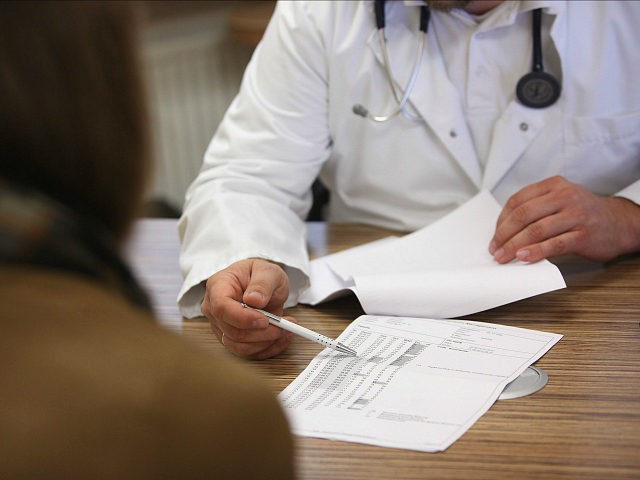Stanford researchers have developed an artificial intelligence device that predicts when a hospital patient will die.
The device is intended to help hospitals provide end-of-life care for patients and their families. Determining when a patient is going to die allows them to schedule important conversations with loved ones and finalize their wills.
The A.I. device works on a deep learning system that has analyzed the hospital records of over 2 million adult and child patients. With this knowledge, the device can predict the time of death for a patient with up to 90 percent accuracy.
‘We could build a predictive model using routinely collected operational data in the healthcare setting, as opposed to a carefully designed experimental study,’ Anand Avati, a Stanford University researcher, said. “The scale of data available allowed us to build an all-cause mortality prediction model, instead of being disease or demographic specific.”
“Our approach uses deep learning to screen patients admitted to the hospital to identify those who are most likely to have palliative care needs,” a paper from the researchers reads.
“The algorithm addresses a proxy problem – to predict the mortality of a given patient within the next 12 months – and use that prediction for making recommendations for palliative care referral,” it continues.
Another researcher on the project explained that the device cannot be used to determine why a patient had become ill, rather just their expected remaining lifespan.
‘The palliative care intervention is not tied to why somebody is getting sick,” project researcher Kenneth Jung said. “If it was a different hypothetical case of ‘somebody is going to die and we need to pick treatment options,’ in that case we do want to understand the causes because of the treatment.”
“But in this setting, it doesn’t matter as much as long as we get it right,” Jung finished.
The tool is designed to run autonomously but it also works well in conjunction with a human doctor’s diagnosis.

COMMENTS
Please let us know if you're having issues with commenting.